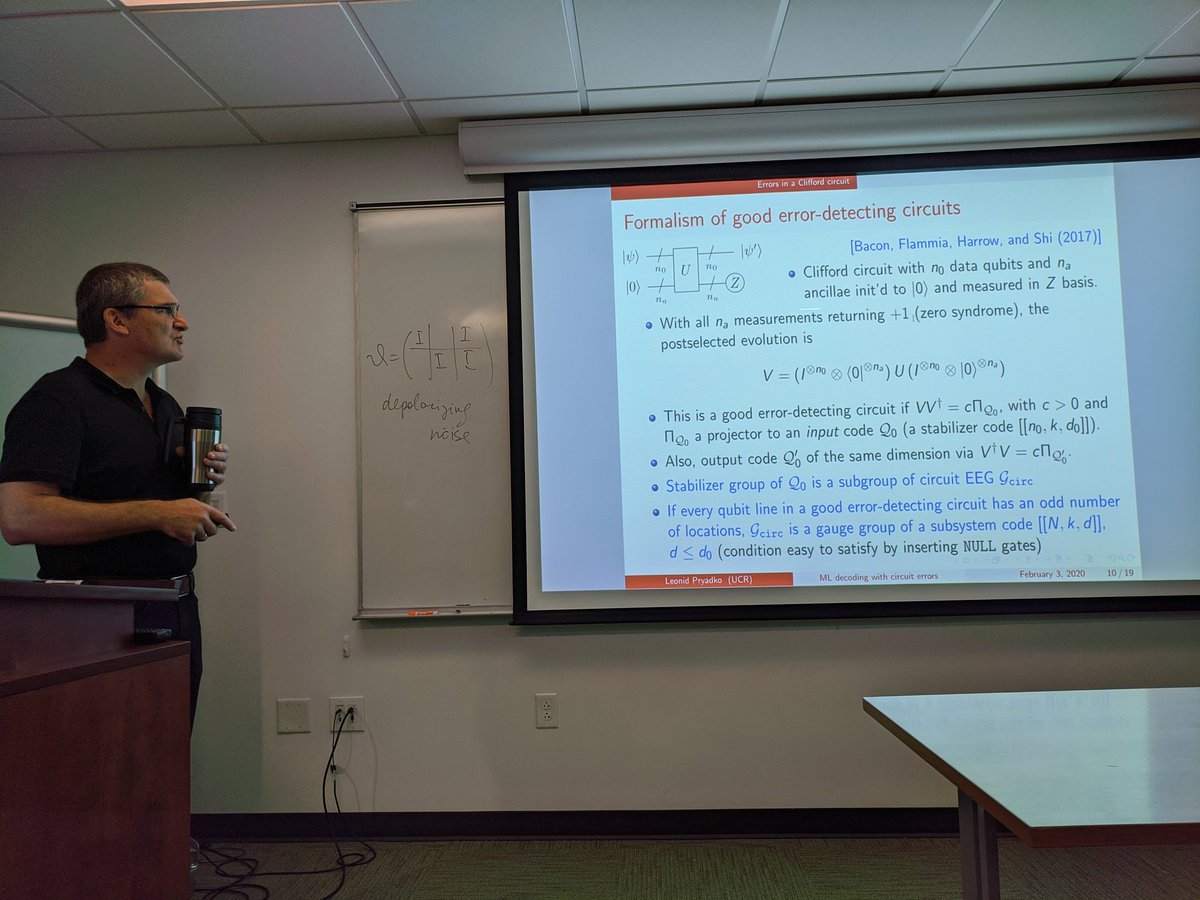
How to get URL link on X (Twitter) App

https://twitter.com/dajmeyer/status/1309359271612571649The first error correction code is a concatenation of two repetition codes by @PeterShor1 in 1995
https://twitter.com/abe_asfaw/status/1291038216863330306The Bloch sphere needs two non-commuting Pauli matrices. Any two. They could be k-qubit Pauli matrices.

 James had a great collaboration with @kalandsman9 @JQInews where James would invent pulses for two-qubit gates and Kevin would show that they worked in practice.
James had a great collaboration with @kalandsman9 @JQInews where James would invent pulses for two-qubit gates and Kevin would show that they worked in practice. https://twitter.com/markwilde/status/1269322083948883973When I was a grad student QC funding was the wild west because nothing worked and the government was trying to see if anything worked. This ended in a strange way where some program calls were made and then mysteriously canceled right around when I became a postdoc 2003-4
https://twitter.com/RobertGaristo/status/1262808400410353665In 1995, ions were clearly a good choice for a qubit. The internal states were known to be very coherent and are still used to this day to build incredibly precise atomic clocks (2/n).


 Great talk building off work by @S_Flammia @harrow @dabacon @CVuillot @BenCriger @QuantumChambs
Great talk building off work by @S_Flammia @harrow @dabacon @CVuillot @BenCriger @QuantumChambs 
